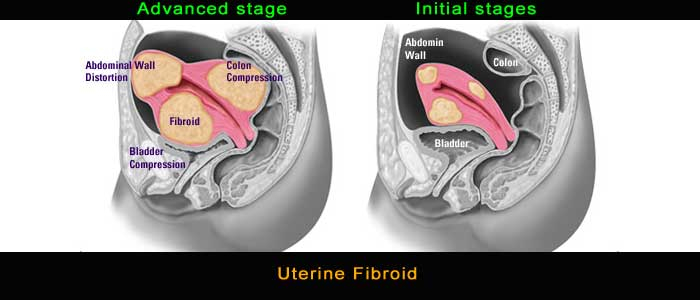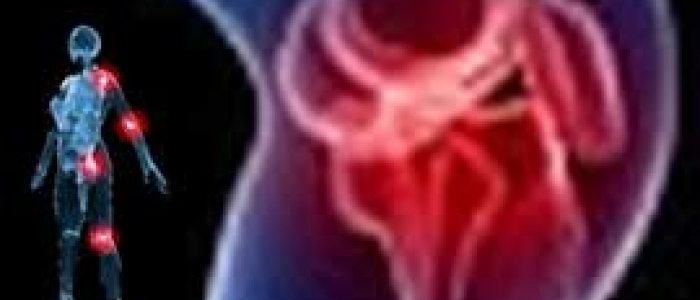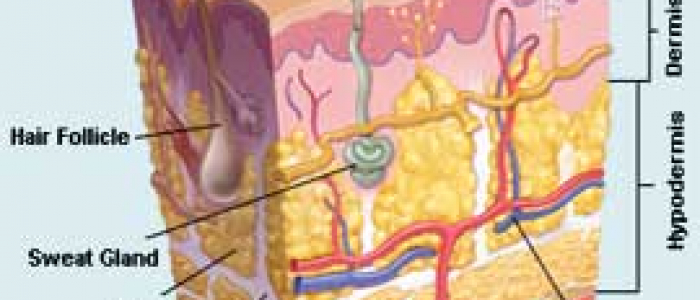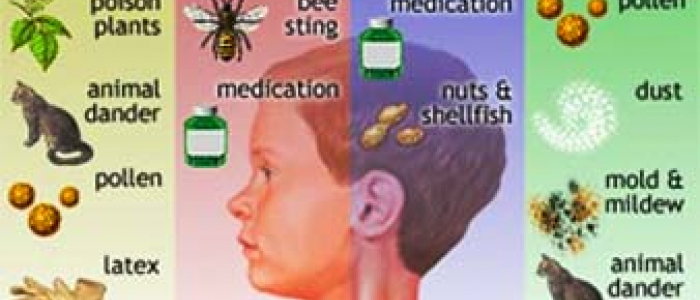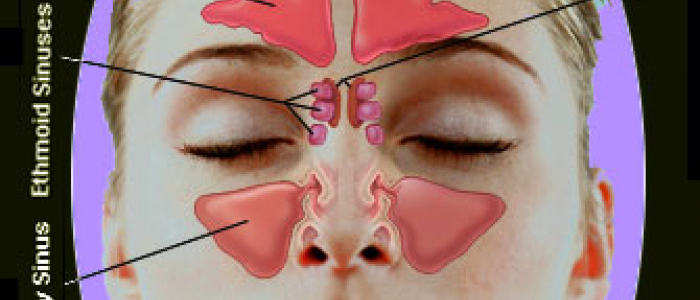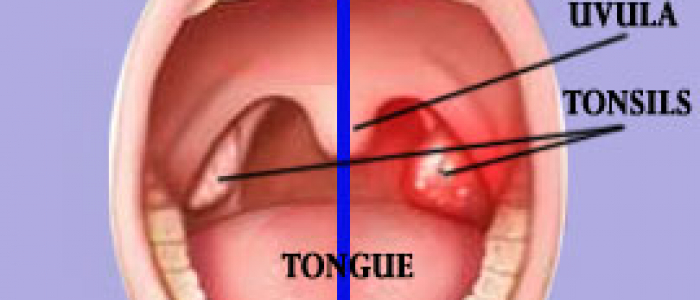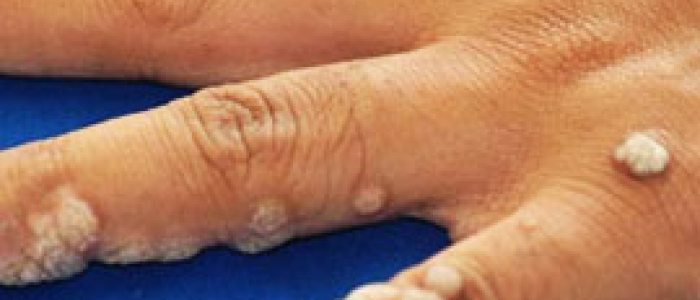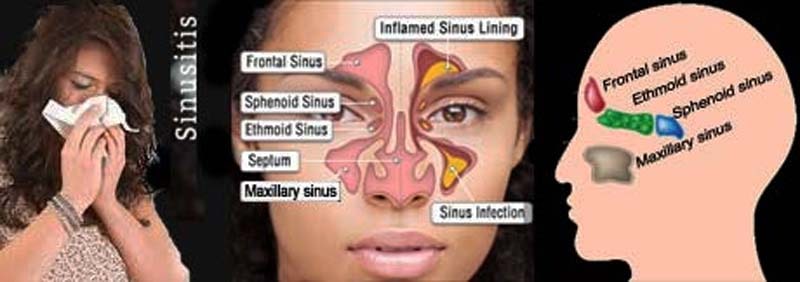
Sinusitis is an inflammation, or swelling, of the tissue lining the sinuses. Normally, sinuses are filled with air, but when sinuses become blocked and filled with fluid, germs (bacteria, viruses, and fungi) can grow and cause an infection. Conditions that can cause sinus blockage include the common cold, allergic rhinitis (swelling of the lining of the nose), nasal polyps (small growths in the lining of the nose), or a deviated septum (a shift in the nasal cavity).
Sinus Conditions
- Acute sinusitis (sinus infection): Viruses or bacteria infect the sinus cavity, causing inflammation. Increased mucus production, nasal congestion, discomfort in the cheeks, forehead or around the eyes and headaches are common symptoms.
- Chronic sinusitis (or chronic rhinosinusitis): More than just a series of infections, chronic sinusitis is a persistent process of inflammation of the sinuses.
- Allergic rhinitis: Allergens like pollen, dust mites, or pet dander cause the defenses in the nose and sinuses to overreact. Mucus, nasal stuffiness, sneezing, and itching result.
- Deviated septum: If the septum that divides the nose deviates too far too one side, airflow can be obstructed.
- Turbinate hypertophy: The ridges on the nasal septum are enlarged, potentially obstructing airflow.
- Nasal polyps: Small growths called polyps sometimes grow in the nasal cavity, in response to inflammation. Asthma, chronic sinus infections, and allergic rhinitis can lead to nasal polyps.
Types of sinusitis
- Acute sinusitis: A sudden onset of cold-like symptoms such as runny, stuffy nose and facial pain that does not go away after 10 to 14 days. Acute sinusitis typically lasts 4 weeks or less.
- Subacute sinusitis: An inflammation lasting 4 to 8 weeks.
- Chronic sinusitis: A condition characterized by sinus inflammation symptoms lasting 8 weeks or longer.
- Recurrent sinusitis: Several attacks within a year.
Who Gets Sinusitis?
About 10% people suffer from at least one episode of sinusitis each year. People who have the following conditions have a higher risk of sinusitis:
- Nasal mucous membrane swelling as from a common cold
- Blockage of drainage ducts
- Structural differences that narrow the drainage ducts
- Nasal polyps
- Conditions that result in an increased risk of infection such as immune deficiencies or taking medications that suppress the immune system.
In children, common environmental factors that contribute to sinusitis include allergies, illness from other children at day care or school, pacifiers, bottle drinking while lying on one's back, and smoke in the environment.
In adults, the contributing factors are most frequently infections and smoking.
Signs and Symptoms of Sinusitis?
Acutecute sinusitis include:
- Facial pain/pressure
- Nasal stuffiness
- Nasal discharge
- Loss of smell
- Cough/congestion
Chronic sinusitis may have the following symptoms for 8 weeks or more:
- Facial congestion/fullness
- A nasal obstruction/blockage
- Pus in the nasal cavity
- Fever
- Nasal discharge/discolored postnasal drainage
Other symptoms of chronic sinusitis may include:
- Headaches
- Bad breath
- Fatigue
- Dental pain
Diagnosis
Acute sinusitis may be diagnosed when a person has two or more symptoms and/or the presence of thick, green, or yellow nasal discharge.
To diagnose sinusitis, your doctor will review your symptoms and give you a physical examination.The exam may include the doctor feeling and pressing your sinuses for tenderness. He or she may also tap your teeth to see if you have an inflamed paranasal sinus.
Other diagnostic tests to assess the potential causes for sinusitis may include a mucus culture, nasal endoscopy (see below), X-rays, allergy testing, CT scan of the sinuses, or blood work.



